Last week we got a chance to sit down with David Fenner, writer and director of the upcoming tech-noir mystery game, The Signifier from developer Playme Studio and publisher Raw Fury. We went through a few sections of the game as Fenner broke down our hands-off look at The Signifier demo.
The Signifier, Fenner explains, is a first-person techno mystery adventure. It has been in development for a long time by Playme, an independent team in Chile. We start our look at the game with chapter one. In The Signifier, you play as Frederick Russell, a psychologist who has invented a machine called the “Dreamwalker” — a brain-scanning device that lets you enter the memories of another person.
The game takes place in the near future. Not so far off that the world is unrecognizable, but distant enough from the present that certain technological advancements have been made. AI has become more important, becoming a facet of everyday life. As a result, a new government agency was established to harshly regulate the use of such technology. This means that for people like Frederick, in order to keep his research going he must deal with this agency and keep them as happy as he can. If not, his entire life’s work could be pulled out from under him.
It starts with a murder
The opening scene is Frederick’s research facility, where he is asked by this government agency to help investigate a murder. Before the victim undergoes an autopsy, Frederick must dive into a woman’s subconscious and somehow find out how she died, and who may have committed the act. The victim’s memories are stored onto a device that can be loaded into the Dreamwalker. Her death was ruled a suicide, but there are those in the government who aren’t buying the result. The victim also happens to be the vice president of one of the biggest tech firms in the world.
Frederick is voiced by Richard Epcar, who Mortal Kombat fans will know as the voice of Raiden. Frederick visits the victim’s home in the real world to investigate. I say “the real world,” as the game operates in three distinct environments: reality, the memories, and subjective dreams (more on that later).
The real world functions like your traditional first-person adventure game where you can interact with other characters and collect clues to solve puzzles. In the demo, we find Frederick in a the victim’s apartment. Here, you can talk to the police and inspect your surroundings. There is a high level of detail in the game. Even the books on the victim’s shelves can be seen with the titles clearly visible. Fenner says the game has a heavy focus on environmental storytelling, and the reality-based sections serve as an example.
Diving into a person’s mind is where the standout aspects of The Signifier begin to take place. After leaving the apartment, Frederick returns to his lab and activates the Dreamwalker. Now, he must figure out the crime with the help of his AI companion guiding him along the way. The AI tries to look for the last memory before the victim’s death. The mind sections are stark black and white, almost like walking through an ultrasound. Now, people’s memories and machines are not perfect. Sometimes you will have to work out where you are — or even when you are — to begin your investigation.
Walking around in someone else’s brain
For example, the police report says that the victim died at night, but the memory we see is in the daytime. Some details in the memory are missing, because the victim was in a very emotional state. In a very Return of the Obra Dinn-type manner, you must use logic and deductive reasoning to piece the fragmented world back together. In order to do so, we are shown another aspect of the mind portions of the game; you can switch states to view a different version of the memory.
What we were just in was the “objective memory.” Essentially, remembering situations as they happened. These sections typically provide evidence that can be used back in the real world. Then we switch to the “subjective memory.” These are the raw memories of an incident and include the emotional state of the memory’s owner. These sections are purer emotionally, but harder to interpret. This is where weird things in the game can happen, as these sections don’t have to follow any sort of defined logic.
Continuing, we find a section of “raw data” — information the AI of the Dreamwalker could not properly replicate. We can warp time and space in the memory back and forth to unearth what the object’s identity. It turns out the item was the hands of a clock. This explains why we were at a memory during the day instead of at night. With this item, we switch back to the objective memory, add the hands to the clock, and now we are at night. Keep in mind that none of this is explained directly to the player. It is up to the individual to deduce these things themselves. This prevents the kind of hand-holding that undermines these types of investigation scenes as seen in games like the Batman: Arkham series.
Pulling the truth from memories isn’t easy
Solving the puzzle, Frederick gains access to a literal ladder that lets him ascend deeper into the memory, where it is now night. One of the first things we notice is on the table: a laptop, which was missing from the police report. This is an example of an objective memory giving you clues to use in the real world. If she committed suicide, then why would her laptop be missing? Of course, the killer must have stolen it.
Fenner tells us that later in the game we will be able to “quick travel” to certain points in memories. This tool exists to make things easier when the investigation gets more involved, which I imagine will come in handy.
Switching back to the subjective we can see that the deeper memories in the subjective can get even weirder. As Frederick walks around the apartment, a picture on a stool follows his movements. Whatever this picture shows haunted the victim, and is represented by quite literally following them around. This is one of the most important aspects of the game that Fenner and the team at Playme really want to highlight: psychoanalysis. The team even went so far as to hire a psychoanalyst to help assist on the script and ensure accuracy.
Walking around the victim’s apartment in this deeper subjective memory, we see that she is lying in bed and is surrounded by cobwebs. She feels trapped somehow — like she can’t escape. But trapped by what? That is what you will have to discover as the investigation continues. We end this memory section by Frederick discovering the remnant of a hand in the memory — clearly belonging to someone else in the apartment. Presumably, the hand of the killer.
The maze of the mind widens
As the investigation continues, Fenner explained, Frederick will do his best to keep the government agency off his back. He will eventually keep falling deeper into a conspiracy bigger than himself. Frederick may be forced to do things that he does not want to do as a result. The entire game revolves around this central mystery, but it goes beyond just this one victim and ensures the player is captivated until the very end.
Fenner said the initial idea behind the game was to use psychoanalysis and figure out how it could affect and inform gameplay. The team members went through a lot of failed prototypes before landing on something they really liked. Before the demo ended, I was briefly showed another scene from later in the game where Frederick enters not a memory, but a dream. During the investigation, Frederick discovers that the victim started having a recurring dream a month before she died.
Dreams are different from memories in The Signifier. You must find the catalyst of the dream and discover why the victim started having it. Since dreams follow no sense of logic or structure, you must find the beginning and end of the dream, as well as the proper timeline and continuity. This is where you can find unique puzzles that are in no other section of the game. For example, to find the right perspective for the dream Frederick has to climb a ladder. But the ladder is twisted and mangled from your perspective. You follow the mangled metal to a point in another building where the ladder finally corrects itself right side up, allowing you to climb it.
What lies beyond the truth?
Fenner says that he and the team drew inspiration from the psychological elements in Silent Hill 2 and films like the original Solaris from 1972. But Playme’s main inspiration came from literature, from the likes of Philip K. Dick all the way to the Russian novelist and philosopher Dostoevsky. The team wanted to try and expand on the bridge between neuroscience and psychoanalysis in a fictional setting and discover how that could affect gameplay.
One of the biggest struggles in development, according to Fenner, was trying to find a balance between the game’s experimental concepts and accessibility. Playme wanted to teach the player through the gameplay and environment, as opposed to tutorials or relying on text screens interrupting the game. I think they were able to find a great balance between the two, judging by the short demo.
The Signifier demo gave us a look at a unique type of game, which I am always happy to see. It’s always great to see developers take risks and explore bolder concepts. You won’t have to wait long to get your hands on it either, as today it was announced that the game will release on October 15 for PC.

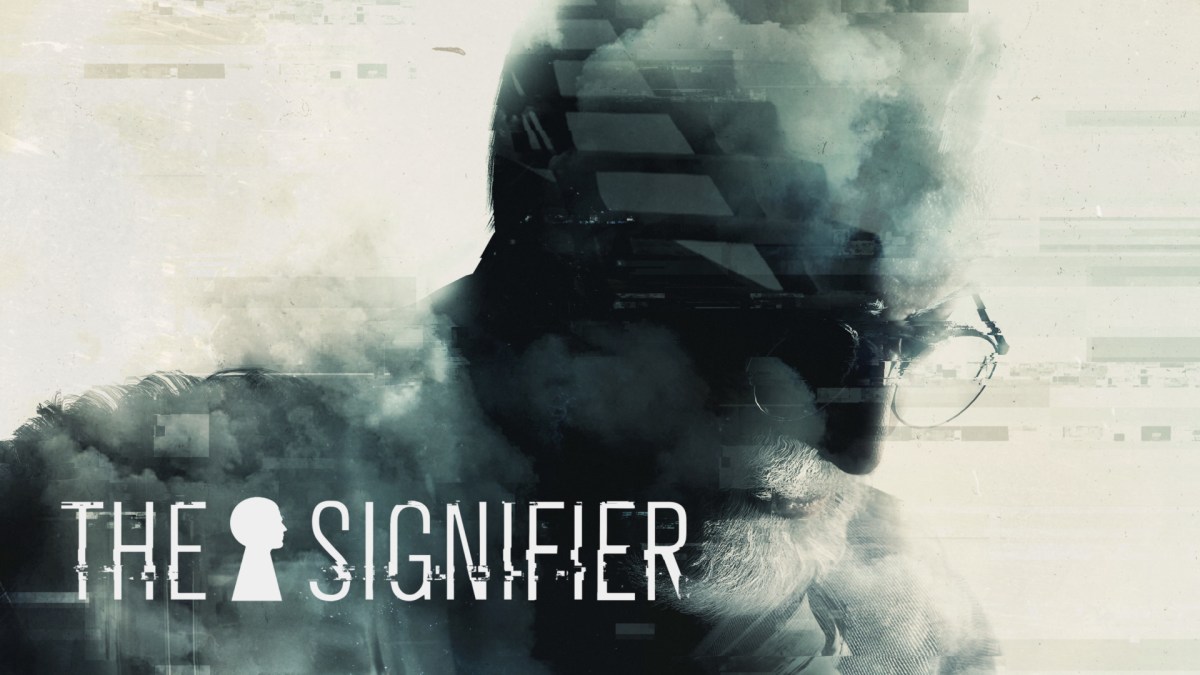
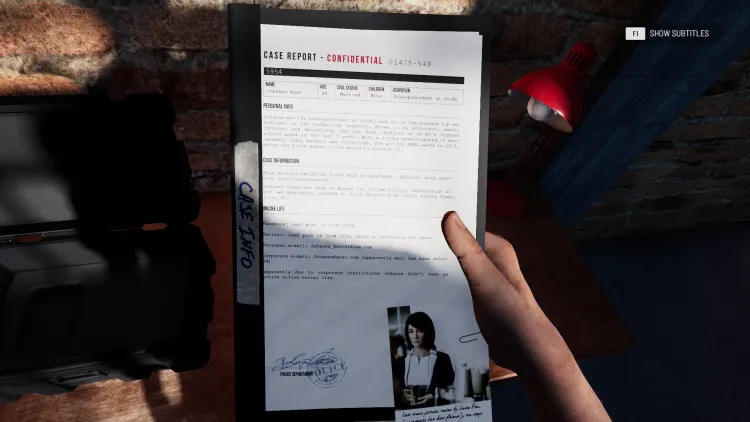
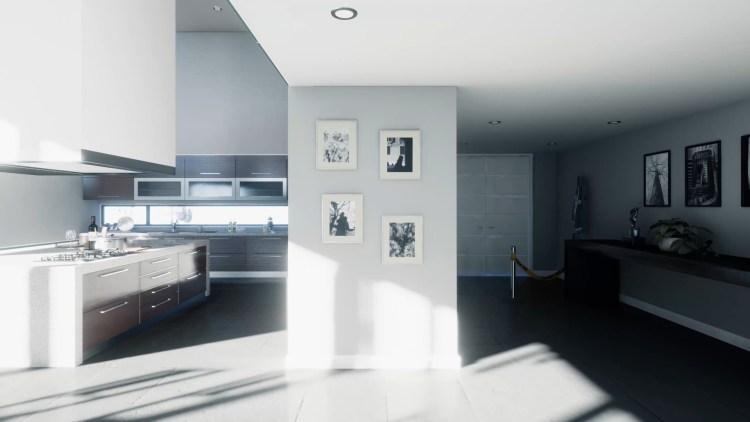
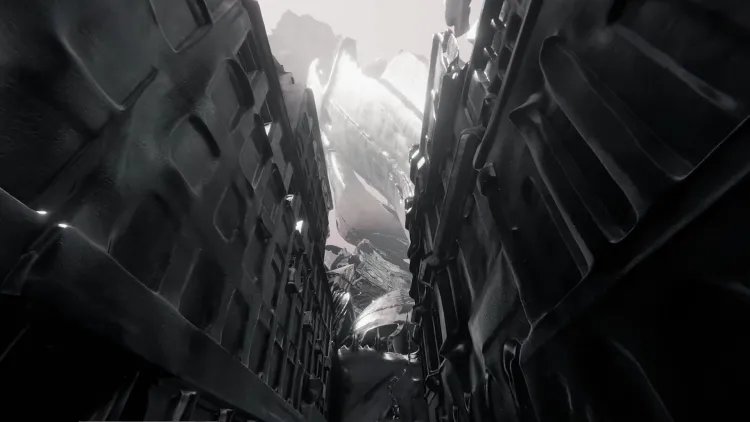
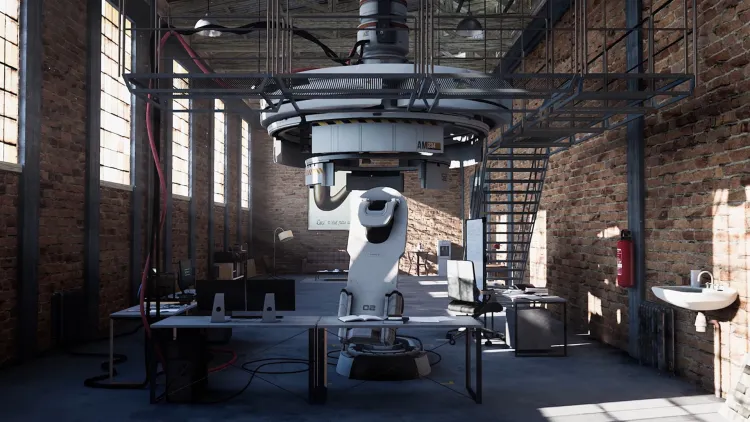





Published: Sep 2, 2020 09:00 am